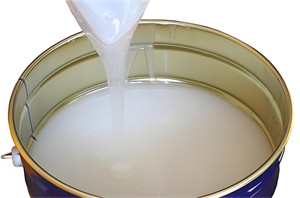Liquifying silicone rubber is a critical step in its manufacturing process, especially for applications that require injection molding. In its natural form, silicone rubber is solid, but when it is processed into liquid form, it is easier to mold and shape into the desired product.

The process of liquefying silicone rubber generally involves mixing a silicone base with a catalyst. These two ingredients are then heated under controlled conditions to reduce the viscosity of the silicone, allowing it to flow easily into the mold. This process, called "vulcanization," is a critical step in turning silicone into a flexible, durable material.
In an industrial setting, silicone rubber is typically liquefied under high temperatures and pressures, using specialized equipment to ensure the proper consistency when molded. Manufacturers can also control how quickly the silicone cures by adjusting the temperature or pressure. This flexibility is one of the reasons why LSR has become a popular material for making products that require both precision and durability.
Liquid silicone rubber (LSR) is a powerful, adaptable material that has been used in a wide variety of industries for its flexibility, heat resistance, and biocompatibility. While closely related to solid silicone, LSR is specifically designed for injection molding processes, allowing for more complex designs and faster production times. Whether you are using LSR in high-tech medical devices, automotive parts, or consumer products, understanding its properties and differences from solid silicone can help you make an informed decision about which form of silicone is best for your needs.
Leave A Reply
